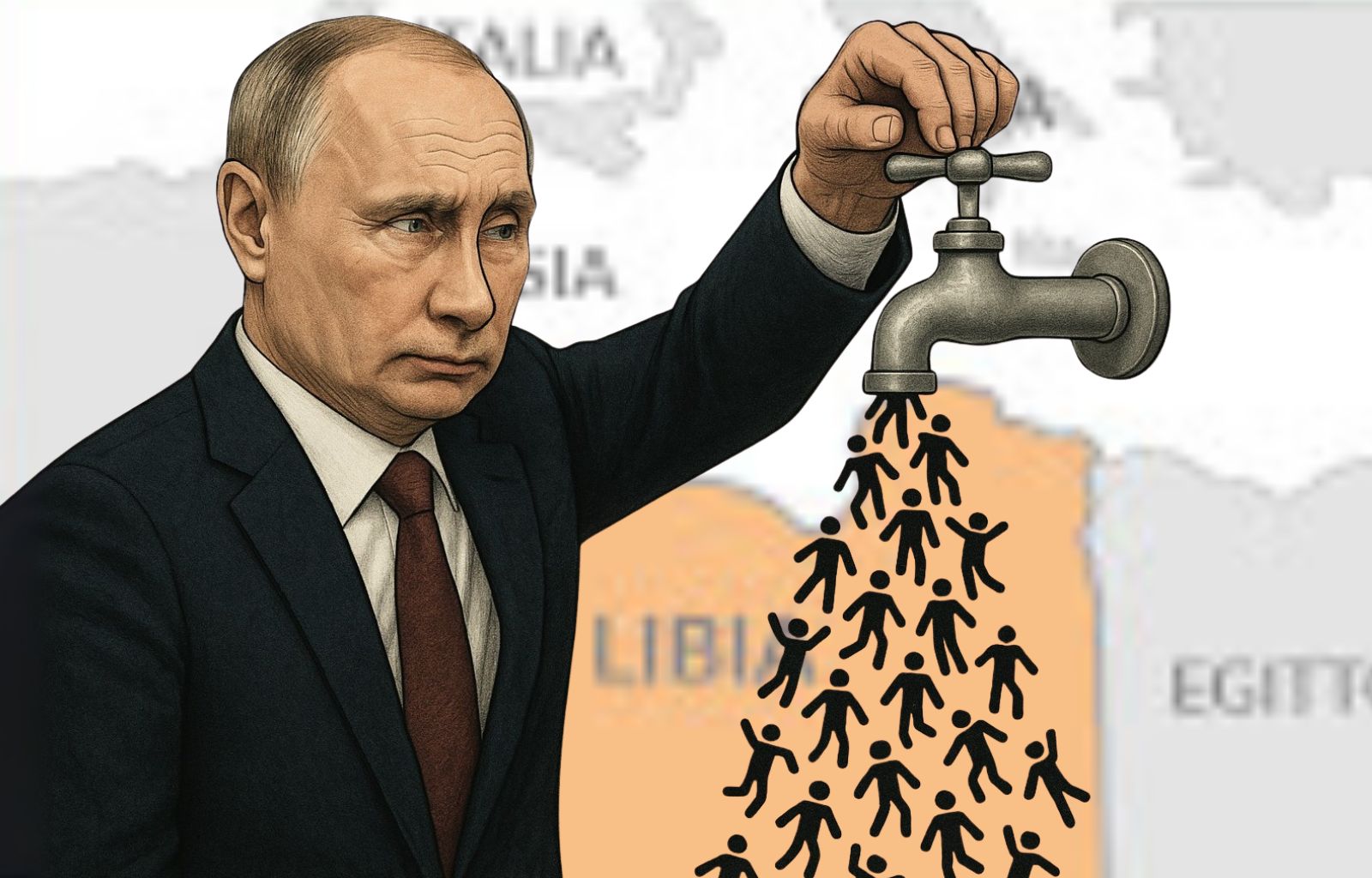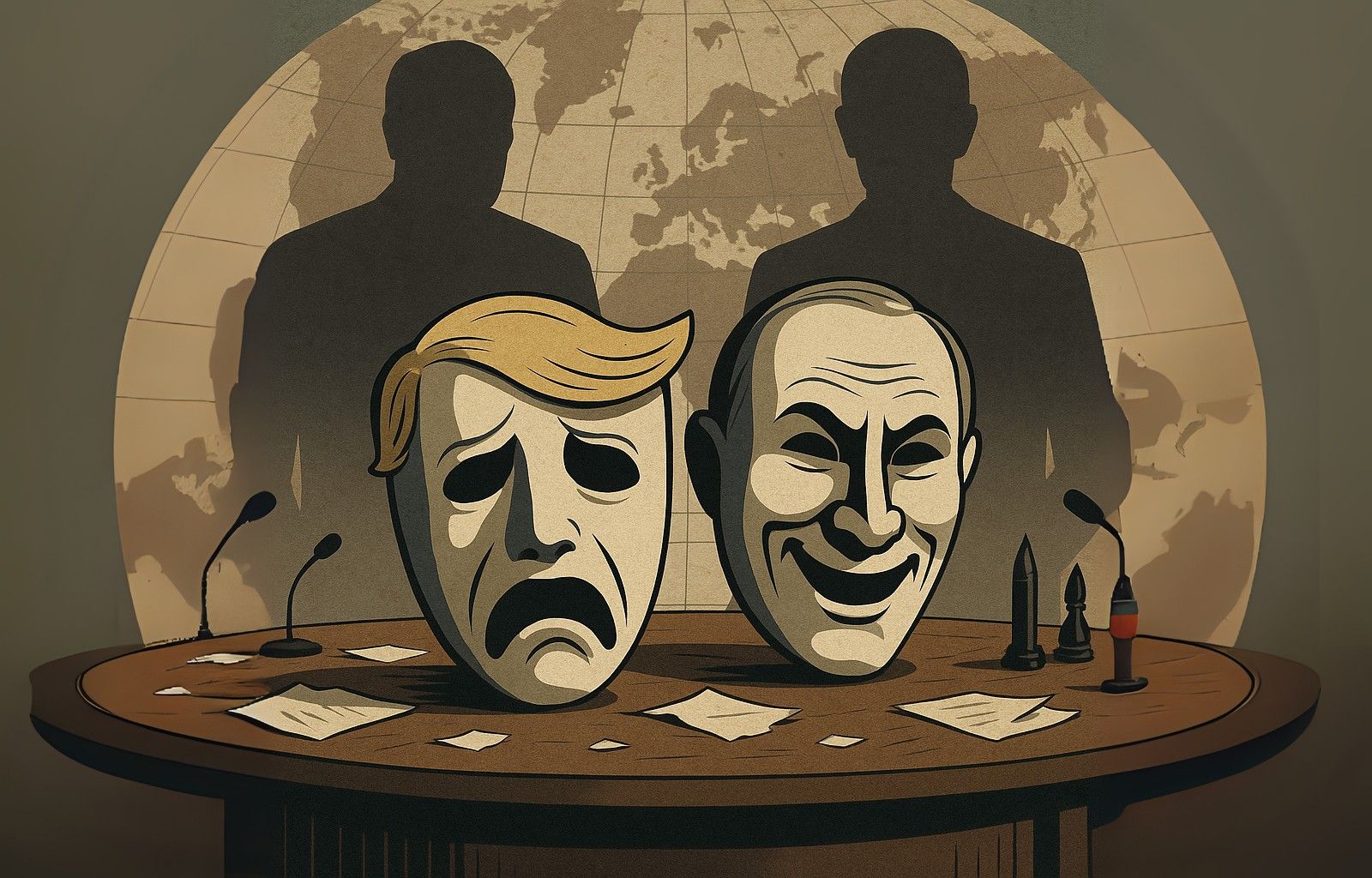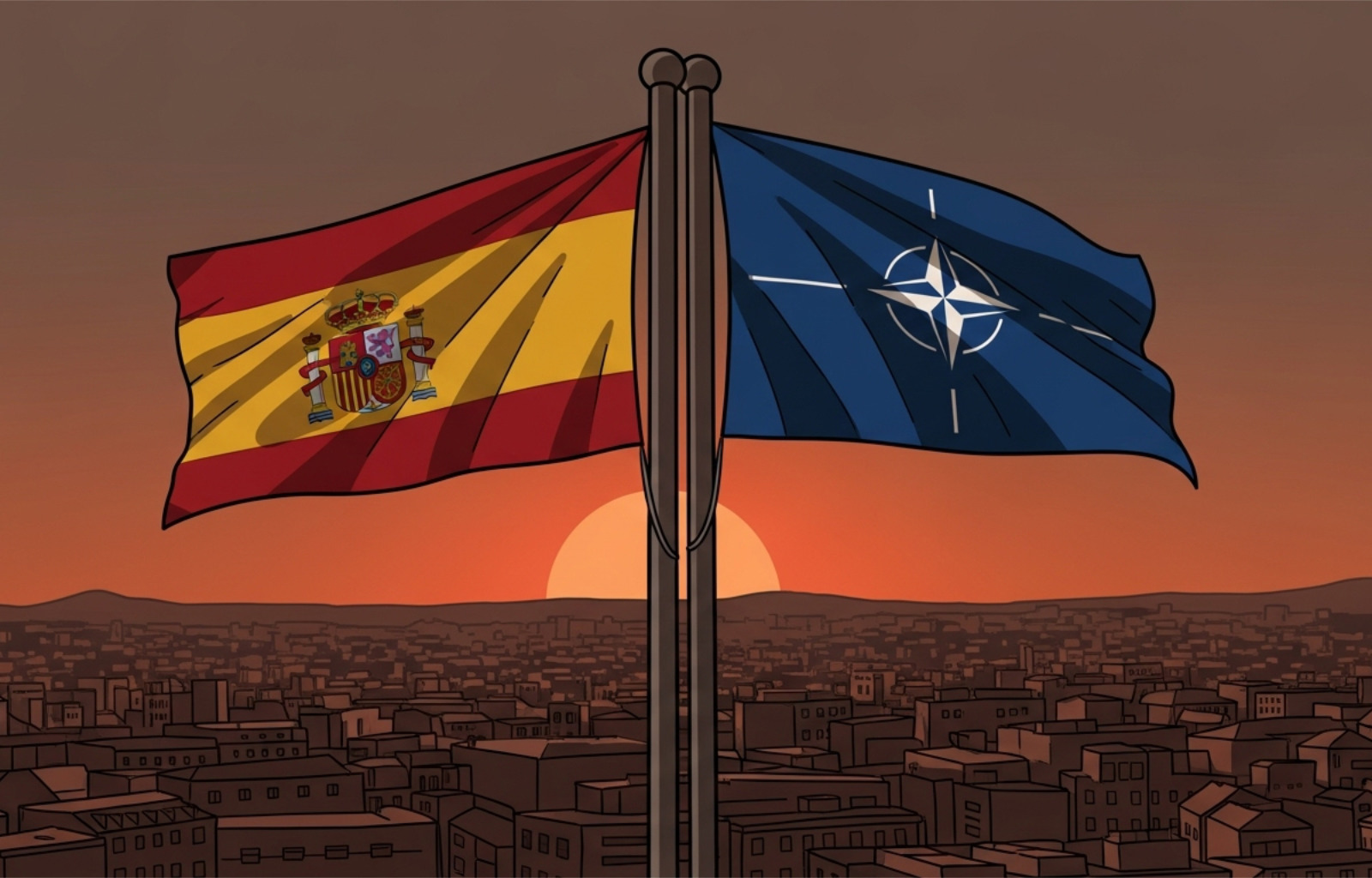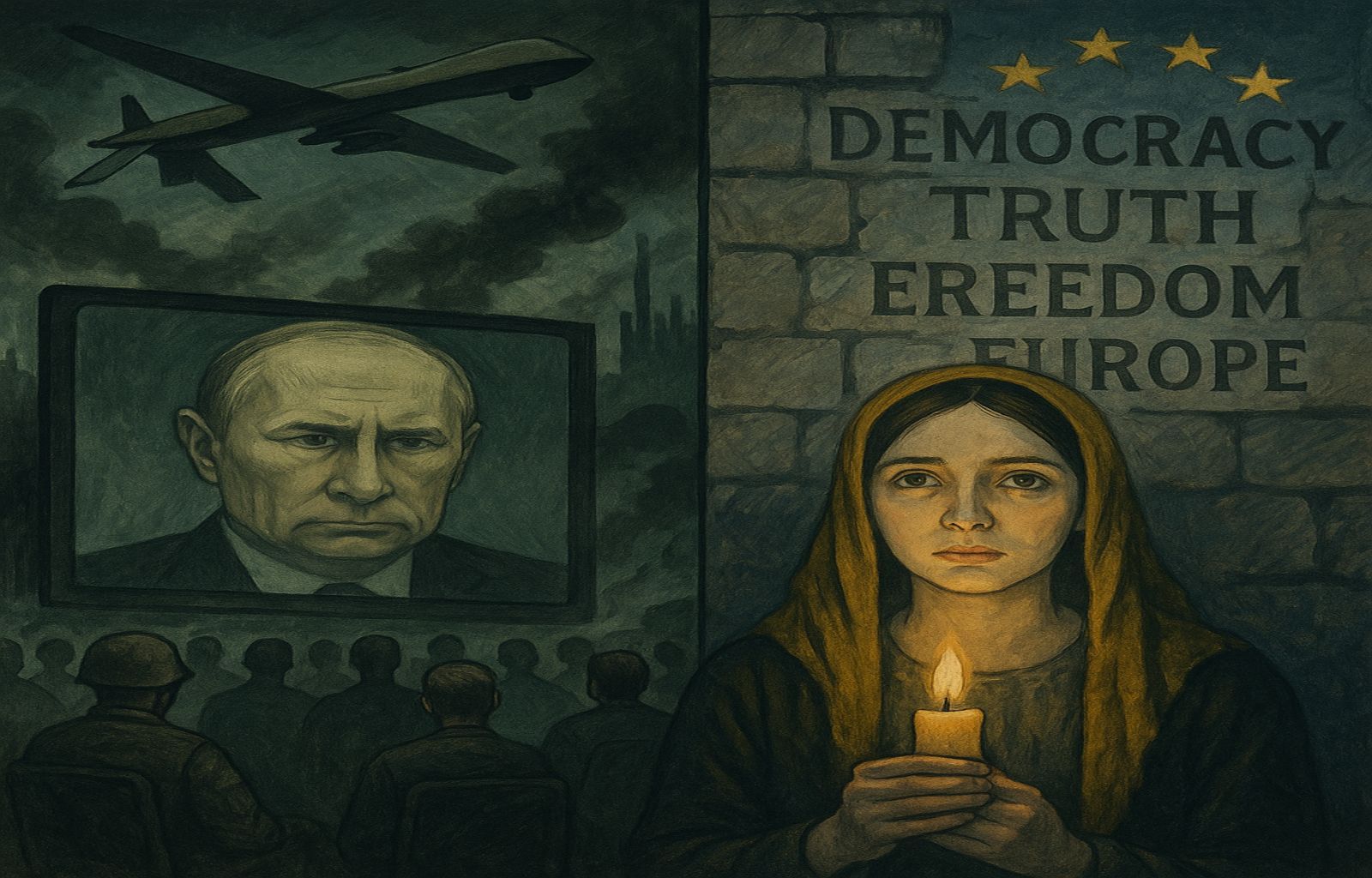Europe gets rid of its self-imposed tariffs: Draghi speaks

In recent months, the European Union has returned to the centre of the global economic debate, but not for the reasons it would like. On the one hand, domestic over-regulation is eroding the competitiveness of companies against American and Asian competitors; on the other, trade tensions with the United States, fuelled by the Trump administration’s protectionist agenda, threaten to deal a further blow to growth.
In an editorial for the Financial Times, Mario Draghi painted a sharp picture of the challenges Europe faces and outlined a way out. His message is clear: the EU cannot afford to remain mired in stifling regulations and stagnating domestic demand. If it wants to compete, it must reform.
A self-induced vulnerability
The Eurozone economy started to lose momentum already at the end of last year, but the structural difficulties are deeper rooted. “The risk of US tariffs adds a further element of uncertainty,” Draghi notes, “given Europe’s dependence on external demand.”
For decades, trade openness has been a pillar of European growth. Today, however, this dependence on exports is becoming a risk factor. National economies that have thrived on global markets are now exposed to the winds of protectionism. Europe, in other words, has become vulnerable precisely because of its growth strategy.
Over-regulation, an internal duty
If the trade barriers imposed by the US worry Brussels, the real bottlenecks are those imposed by the EU on itself. Draghi identifies two key factors in the European crisis, the first of which is over-regulation.
The EU, argues the former ECB president, has built an incomplete internal market, fragmented by bureaucratic barriers that stifle innovation and penalise business. International Monetary Fund studies show that barriers in the single market impose a cost equivalent to a 45% tariff in manufacturing and even 110% in services – far higher than any tariff imposed by Washington or Beijing.
Europe, in other words, is the victim of a paradox: for a European company, internal barriers are more penalising than international trade wars.
The digital sector is a prime example of this. European regulation, created with the intention of protecting consumers, has often had the opposite effect, slowing down the development of technology companies. Draghi cites GDPR as a case in point: the regulation has imposed compliance costs that for some European start-ups have translated into a drop in profits of up to 12%. While Silicon Valley thrives in a flexible environment, Europe has self-imposed constraints that make it more difficult for its companies to scale.
An economy unbalanced towards exports
The second structural problem, according to Draghi, is the chronic weakness of domestic demand, a phenomenon exacerbated by the 2008 financial crisis.
Over the past two decades, the Eurozone’s trade surplus has swelled: while the US maintained a relatively stable trade-to-GDP ratio, rising from 23% to 25%, Europe’s surplus jumped from 31% to 55%. In other words, Europe compensated for stagnating domestic demand with an increasing dependence on exports.
As long as globalisation proceeded smoothly, this model could work. But American protectionism and the slowdown in global trade are undermining it. The EU has built an economy overly exposed to global cycles and is now paying the price.
Draghi’s therapy: reforms and investment
For Draghi, the solution comes in two directions. On the one hand, structural reforms to remove internal barriers and create a true single market, capable of fostering innovation and reducing dependence on exports. On the other, a more active use of fiscal policy to stimulate domestic demand and encourage investment in research and development.
“Fiscal policy can be a catalyst for boosting growth,” Draghi argued, “by sending a strong signal to companies to invest in innovation. The European Commission’s proposal for a Competitiveness Compass could be a first step in this direction, removing regulatory obstacles and strengthening the European production fabric.
The political knot
However, the challenge is not only economic, but political. Draghi emphasises that removing internal barriers and adopting a more aggressive fiscal policy requires a paradigm shift. For too long, Europe has seen regulation as a means of protection, without considering the costs on competitiveness.
The illusion that excessive prudence guarantees stability has proved to be a brake on growth. The EU, Draghi notes, has failed neither to strengthen welfare, nor to ensure healthy public budgets, nor to protect its economic autonomy.
A decisive moment
Europe is at a crossroads. Continuing to navigate between over-regulation and export dependency means accepting an increasingly marginal role in the global landscape. The risk is that the EU will find itself unprepared for new crises.
Draghi issues a warning: Europe’s competitiveness will not be played on reactions to US tariffs or geopolitical tensions, but on the ability to reform from within. The way forward is clear: less bureaucracy, more investment and a finally integrated internal market.
The time for inertia is over.











